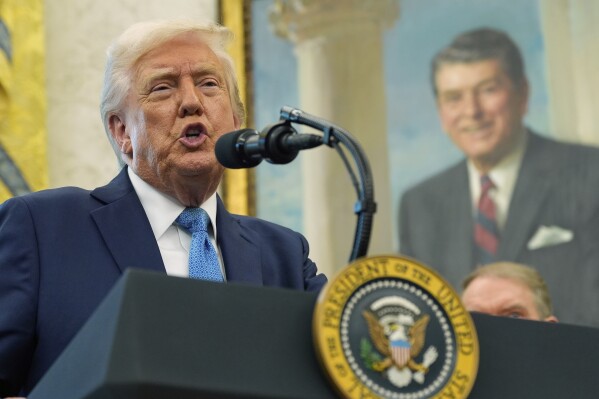This shift in tone from Trump is pretty telling—it’s less about backing down and more about recalibrating the message as the economic and political costs of his trade and monetary strategies start to show.
Here’s what stands out:
1. Trump softening on Powell:
After weeks of berating Jerome Powell—calling him a “major loser” and reportedly even exploring ways to fire him—Trump now says he has “no intention” of removing him. That’s a significant pivot. He’s still nudging Powell to lower interest rates, but backing off the personal attacks probably signals concern over the market’s reaction and possibly internal pushback from advisors.
2. Trade war fatigue?
Trump’s comment that tariffs on China “won’t be zero” but “will come down substantially” feels like the opening note of a de-escalation phase. Treasury Secretary Scott Bessent’s remarks that the trade war is “unsustainable” support that. Behind the bravado, there seems to be a growing recognition in the administration that tariffs are hurting both the U.S. economy and the political optics heading into an election cycle.
3. Global markets responding well—for now:
Markets are clearly watching this closely. The rebound in major indices (Nikkei, Hang Seng, S&P 500, Nasdaq) after these comments reflects relief that things might cool down. But investor optimism is fragile, and one sharp tweet or tariff announcement can reverse it quickly—something we’ve seen repeatedly during Trump’s presidency.
4. IMF warning and inflation concerns:
The IMF’s downgrade of U.S. growth is a big deal. Combined with investor fears that rate cuts during a tariff-fueled inflation spike could overheat prices, you’ve got a serious economic balancing act. Trump wants both growth and inflation control, but his policies are pulling in opposite directions.
5. China’s still quiet—officially:
Beijing hasn’t formally responded, but the Global Times (a reliable window into China’s strategic messaging) is already spinning Trump’s softer tone as a sign the U.S. is flinching. That’s likely to be used in domestic Chinese propaganda to show strength—but don’t expect China to make major concessions easily. They’ll want more than just lower tariffs on the table.
Trump’s economic playbook has always hinged on maximum pressure, minimal compromise, and market theatrics. But now that it’s clashing with inflation risks, slower growth, and resistance from both allies and adversaries, it looks like some recalibration is underway.
What’s your take—do you think this marks a genuine shift in Trump’s approach to the economy, or is it just another strategic pause before the next big escalation?

